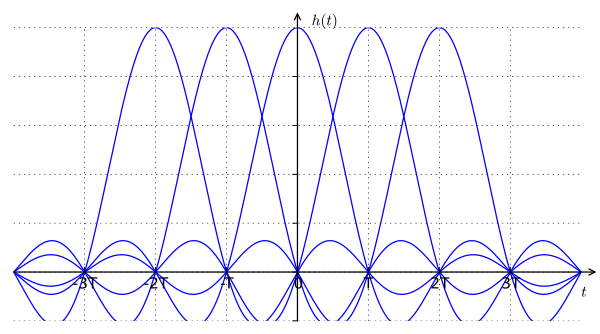

Artwork: Central Asian (mainly Uzbekistan) rug patterns
Remembrance
by Tom Johnson
I studied privately with Morton Feldman in his apartment in New York City, before he was to take the University post in Buffalo. During the period 1967-69 I would often visit him, whenever I had some new scores and enough money to pay for a lesson. It was a valuable experience for me, and 20 years later I still have a folder where I used to file notes of things Feldman told me. When I heard of his death, I dug out the folder, which I had not looked at for some years, and found a renewed significance in the words of my teacher, who now can no longer speak for himself. The majority of the notes I had made had to do with specific things in my own early compositional efforts, but I also found a number of quotations that are of general interest which I wanted to share, particularly since very little of what Feldman talked about during this period has been published. May these fragments help to preserve the memory of one of those extremely rare cases of a man who truly knew how to think for himself.
Tom Johnson, September 1987

The traditional sense of proportion is a hang-up. The usual Mozartean concept of how long an idea lasts becomes too predictable. Some of the composers who talk the most about avoiding predictability are the ones most victimized by this predictable traditional sense of proportion.

The extremely fast psychological time in
Stockhausen's music, for example, is a result of electronic music. Working with dead sound creates this tendency to keep speeding up. Simple sustained sound is not effective the way it is in instrumental music.

The lower register is gravity. If you omit it and use only higher registers, there's no gravity. The music remains suspended and ethereal.
Verdi knew about that.

Those elaborate rules that
Christian Wolff used in his game-like scores form an aura of concentration around the sound. The players are not able to devote their full attention to sound production, and ironically they achieve a kind of sound sound as opposed to musical sound. But it is music, of course, and a completely unique kind of music. The sounds that result are less artificial than in other kinds of music.

Most music is metaphor, but
Wolff is not. I am not metaphor either. Parable, maybe.
Cage is sermon.

Timbre and range are the same problem, and both are more important than pitches. When one knows exactly the sound he wants, there are only a few notes in any instrument that will suffice. Choosing actual pitches then becomes almost like editing, filling in detail, finishing things off. Isn't it curious that in the classical period the selection of range and timbre, i.e., orchestration, was the secondary finishing-off thing. Just the opposite.

Music can imply the infinite if enough things depart from the norm far enough. Strange "abnormal" events can lead to the feeling that anything can happen, and you have a music with no boundaries.

The reason I don't like theater pieces is that one usually has to sacrifice some of the musical for the sake of the theatrical. I wrote a solo trumpet piece where the player talked, removed valves, talked through the horn, and did other actions, but theater is not my medium, and I've dropped this piece from the catalog. It works for
Cage, though, as in his "Music Walk," where there are instruments all over the stage and
David Tudor moved all around playing continually. That is the finest kind of integration of music and theatrics.

One of the fallacies of our chance music in the '50s is that we sometimes failed to realize the difference between the experience of performing and the experience of listening.

You have to find a place for everything. Every idea needs to find its place in time, its context, its environment, a world in which it can exist. Sometimes you can write something that doesn't seem to exist in any particular place. That is better. But much harder.

All we composers really have to work with is time and sound - and sometimes I'm not even sure about sound.

MORE in PREPARED GUITAR
































